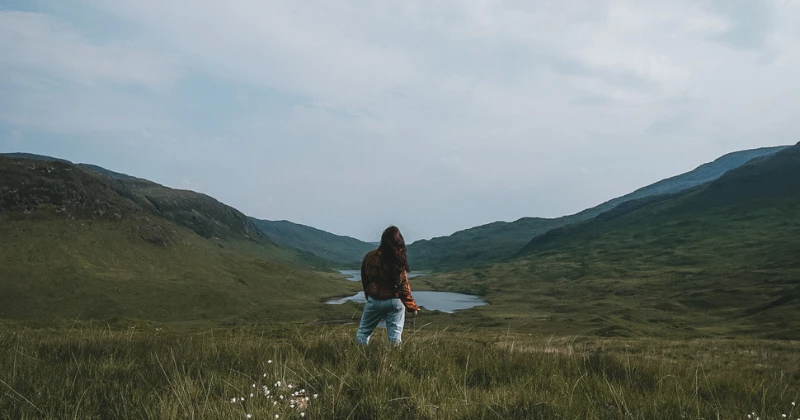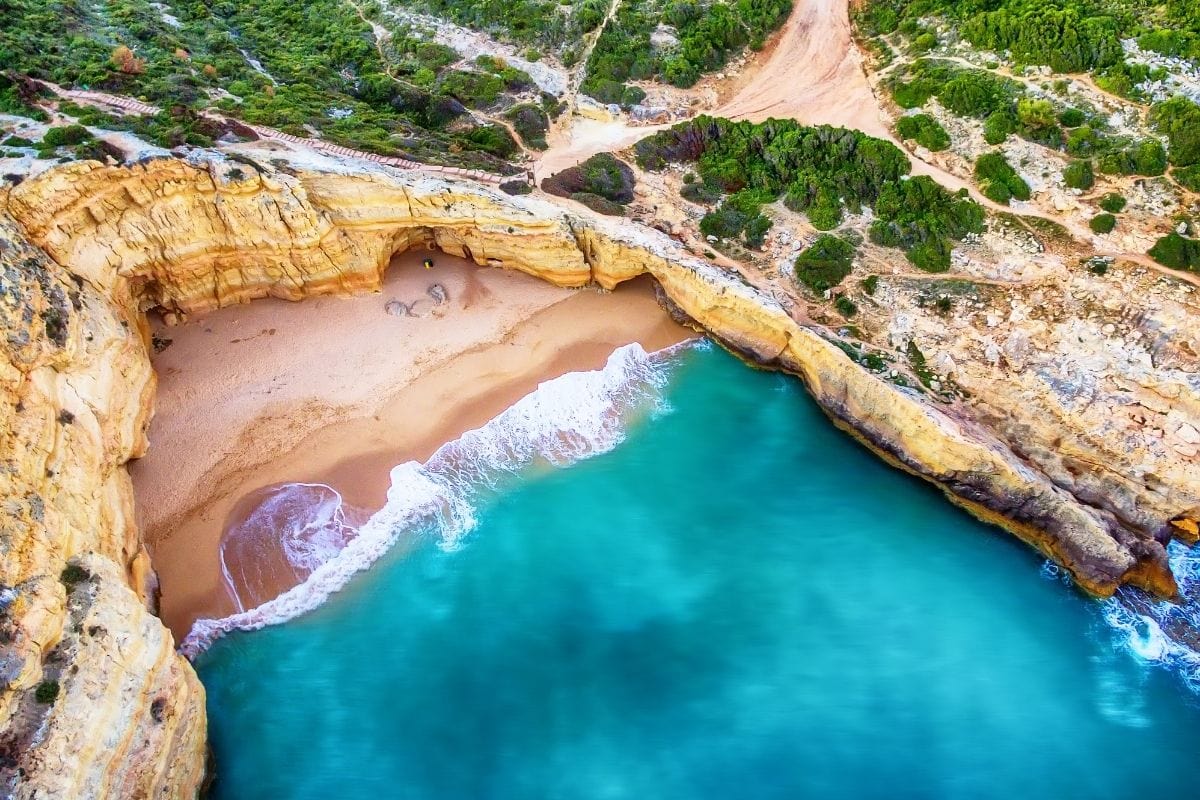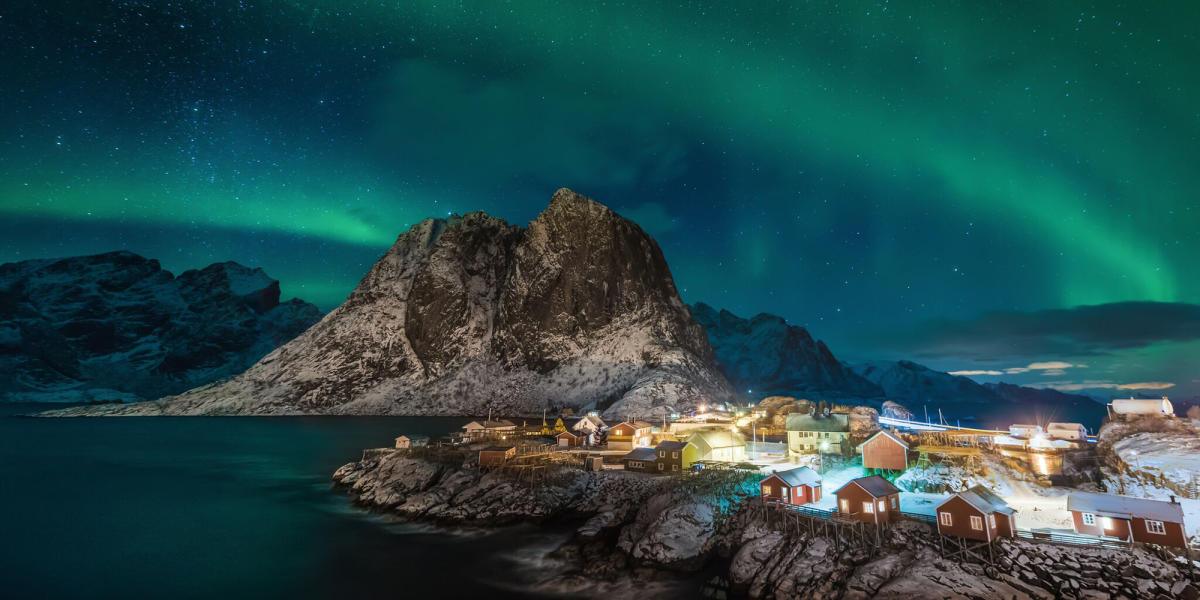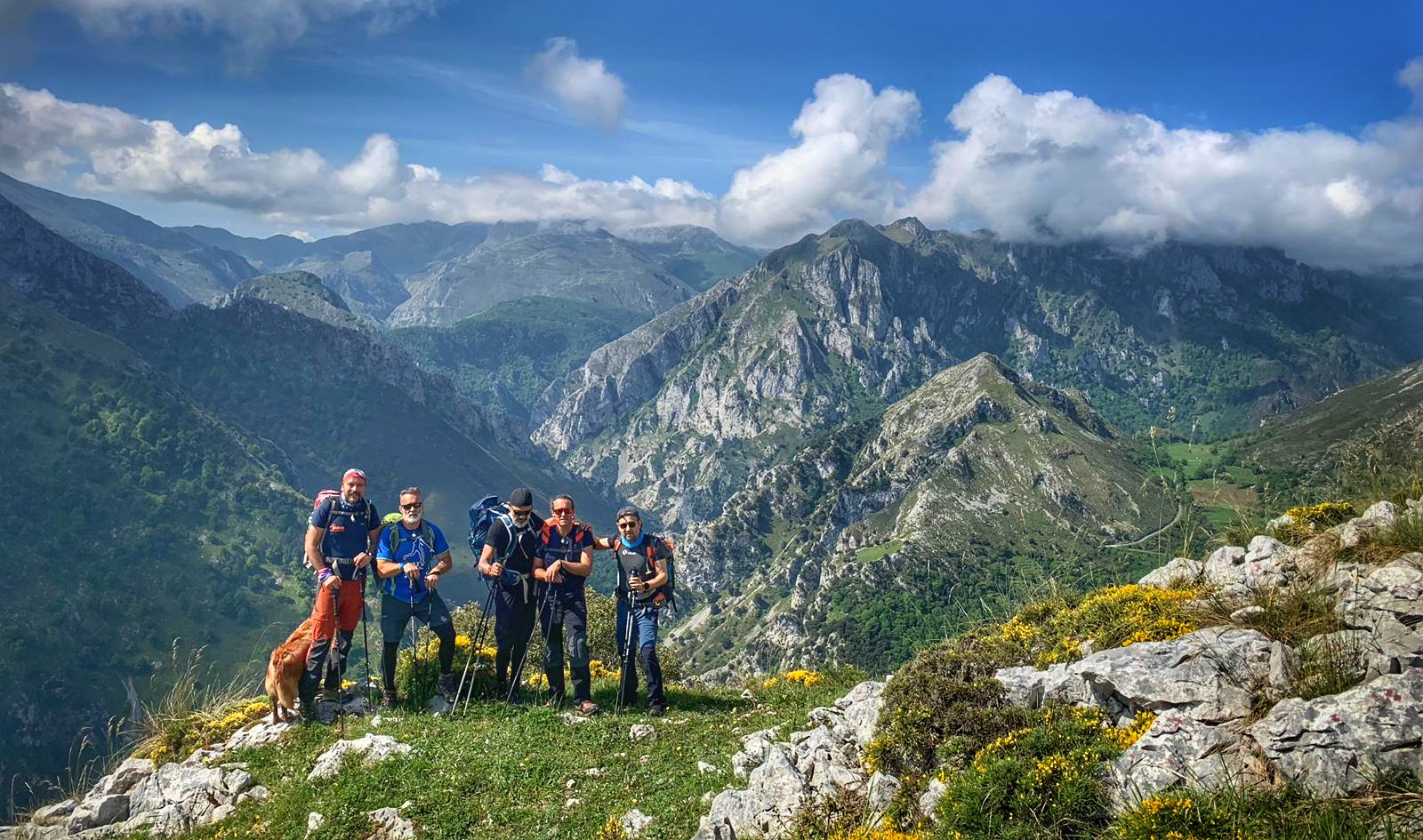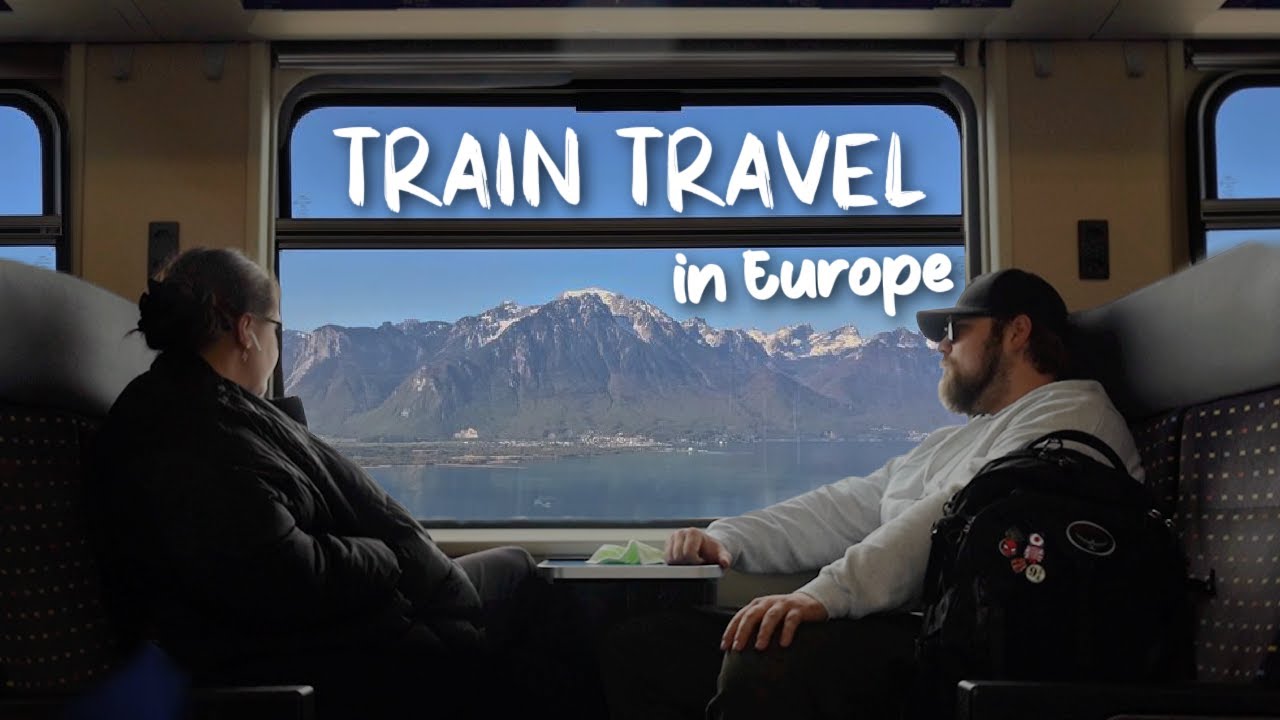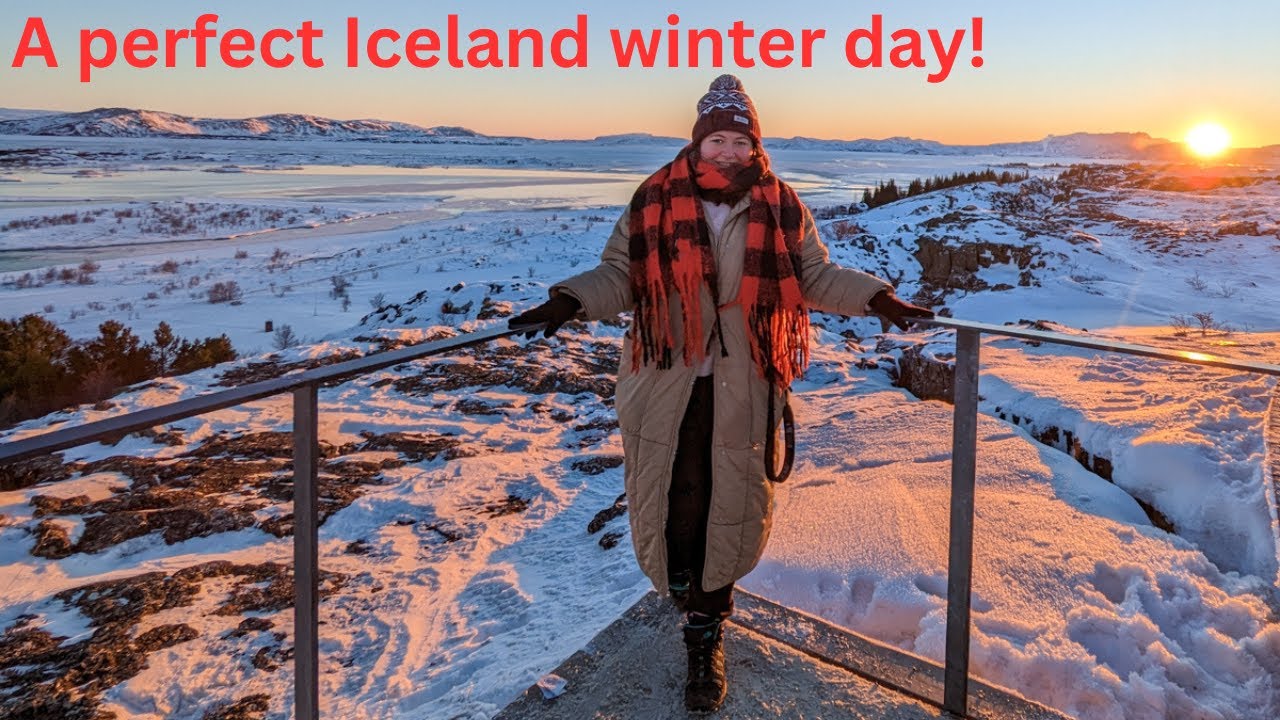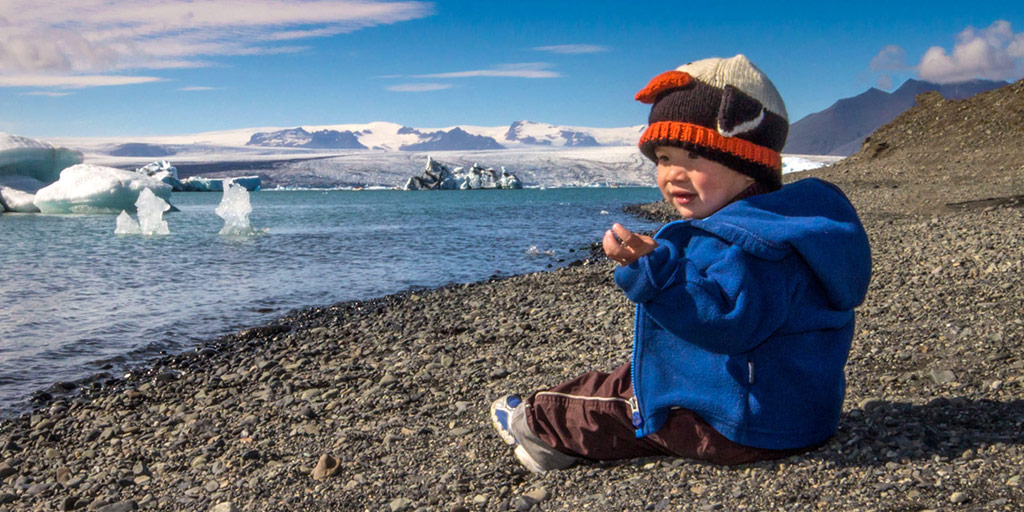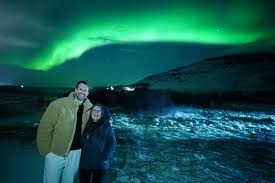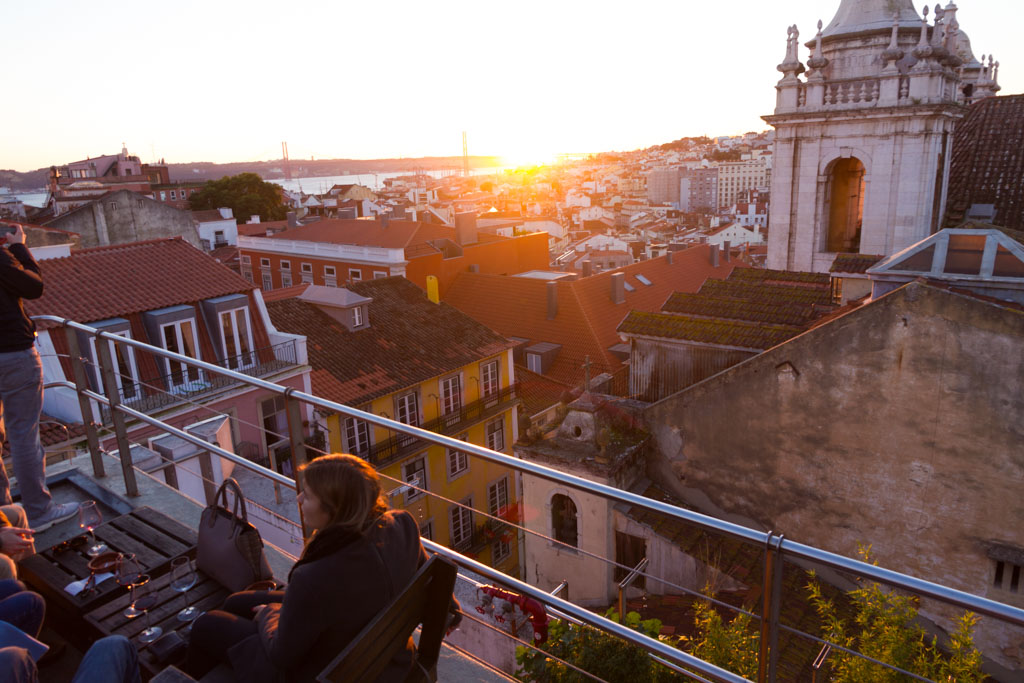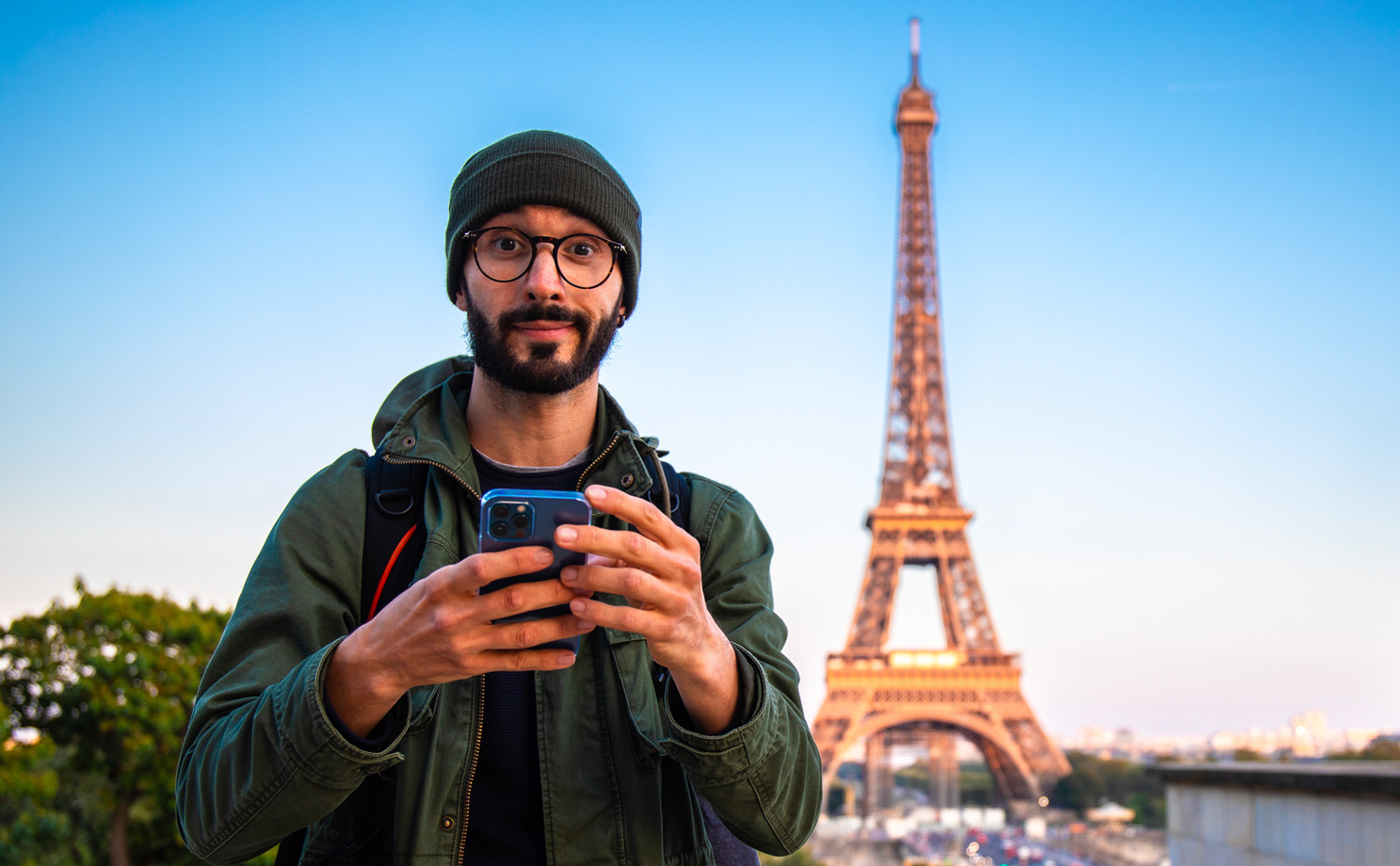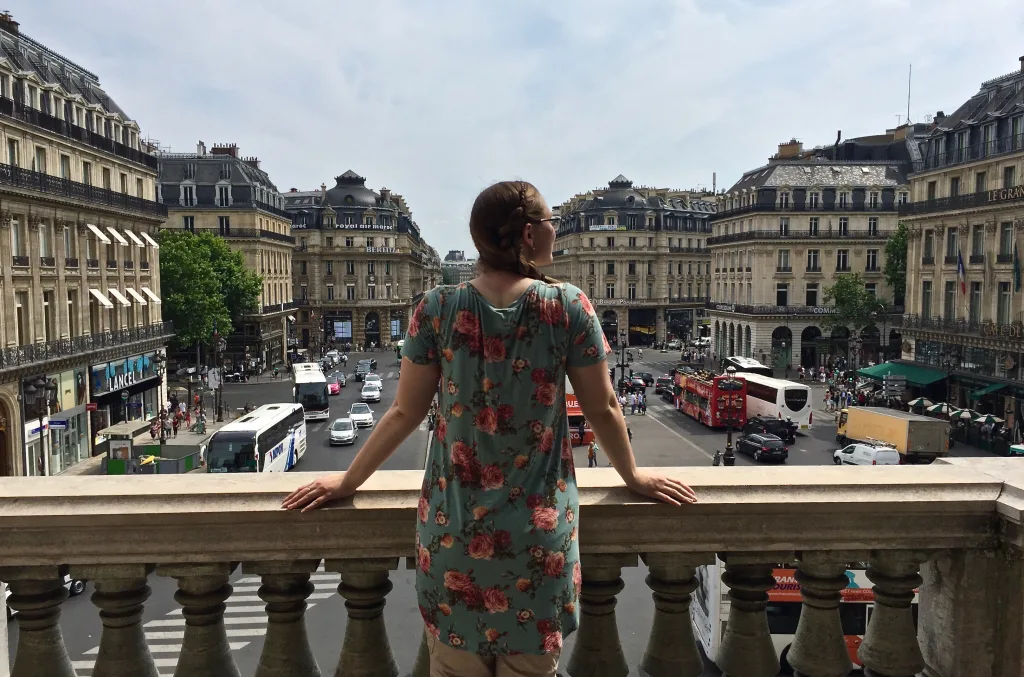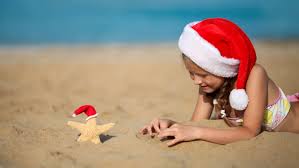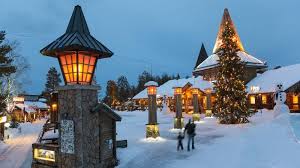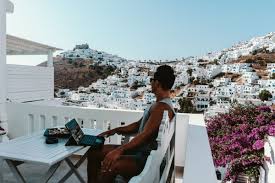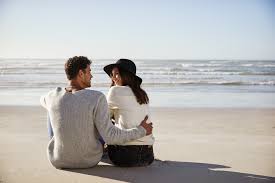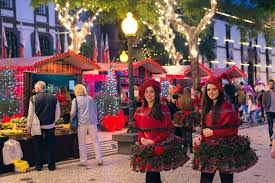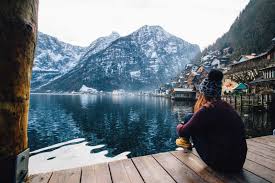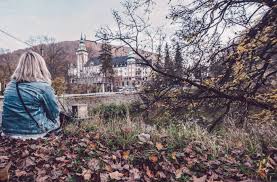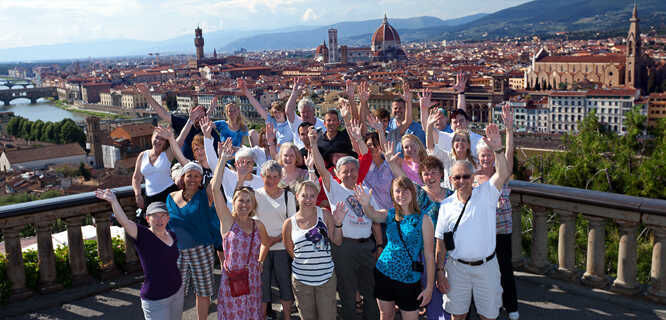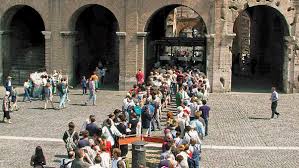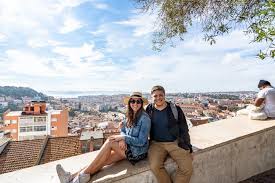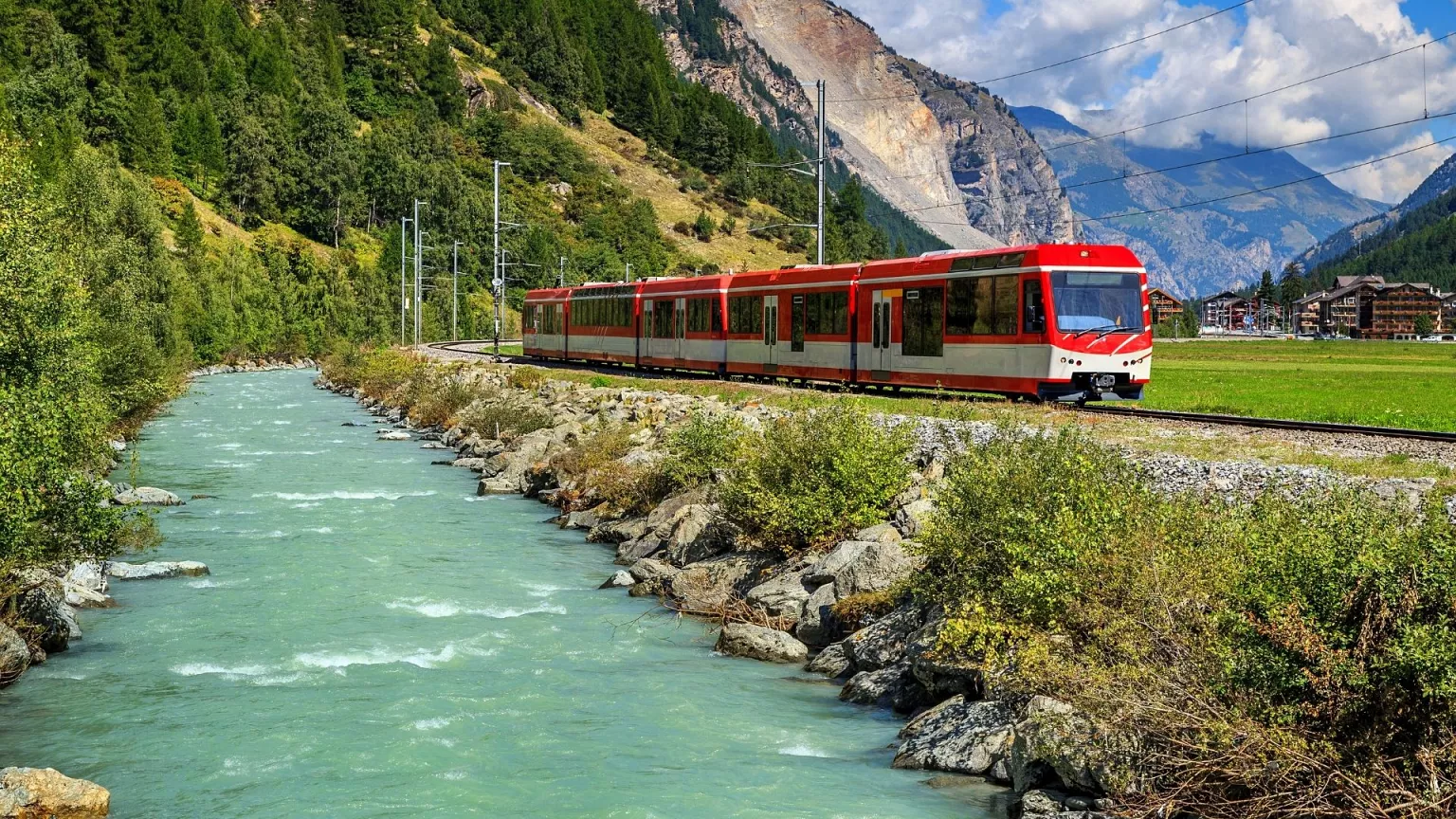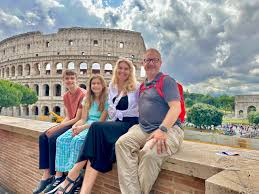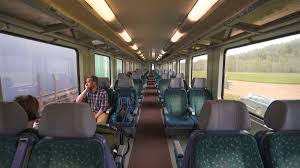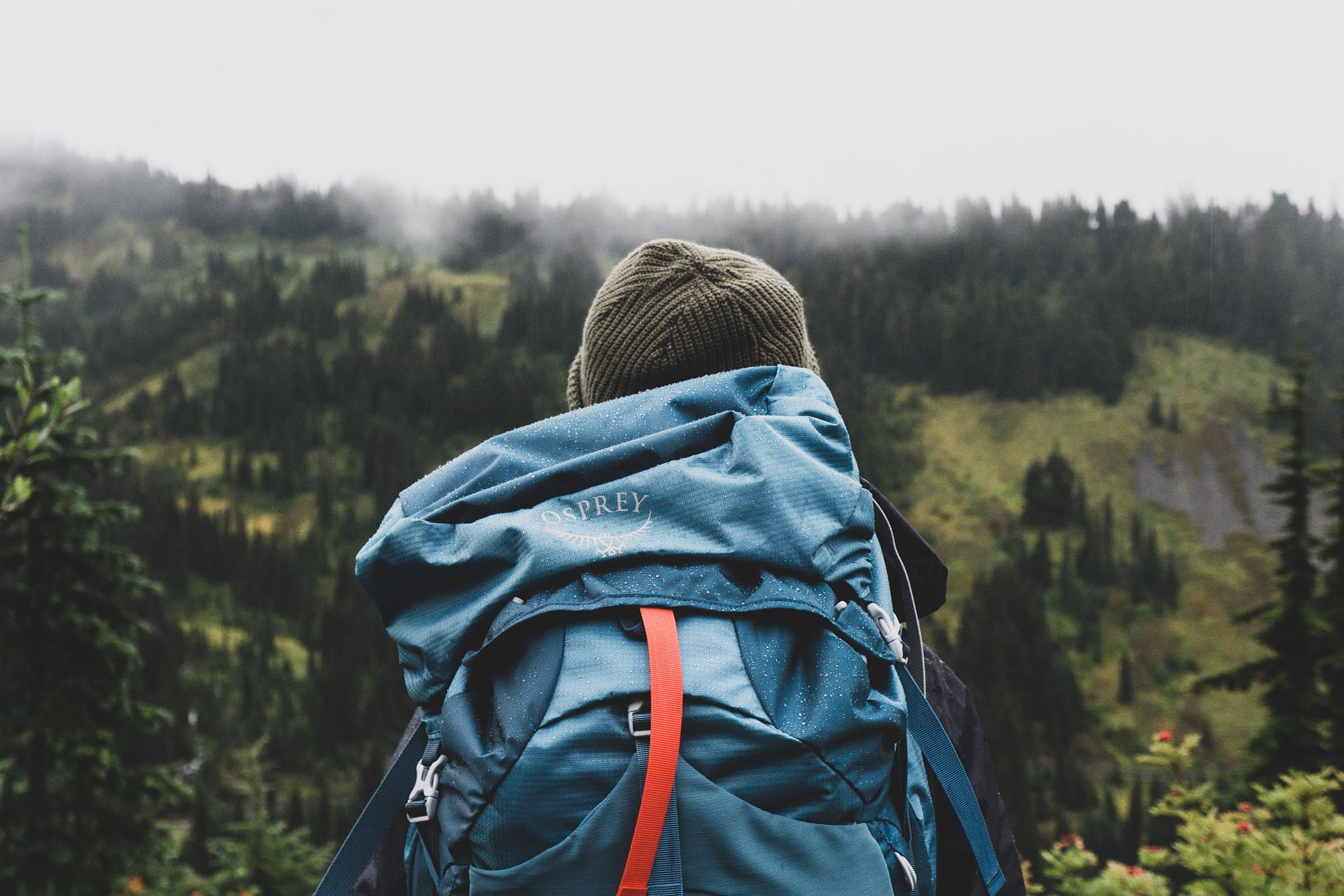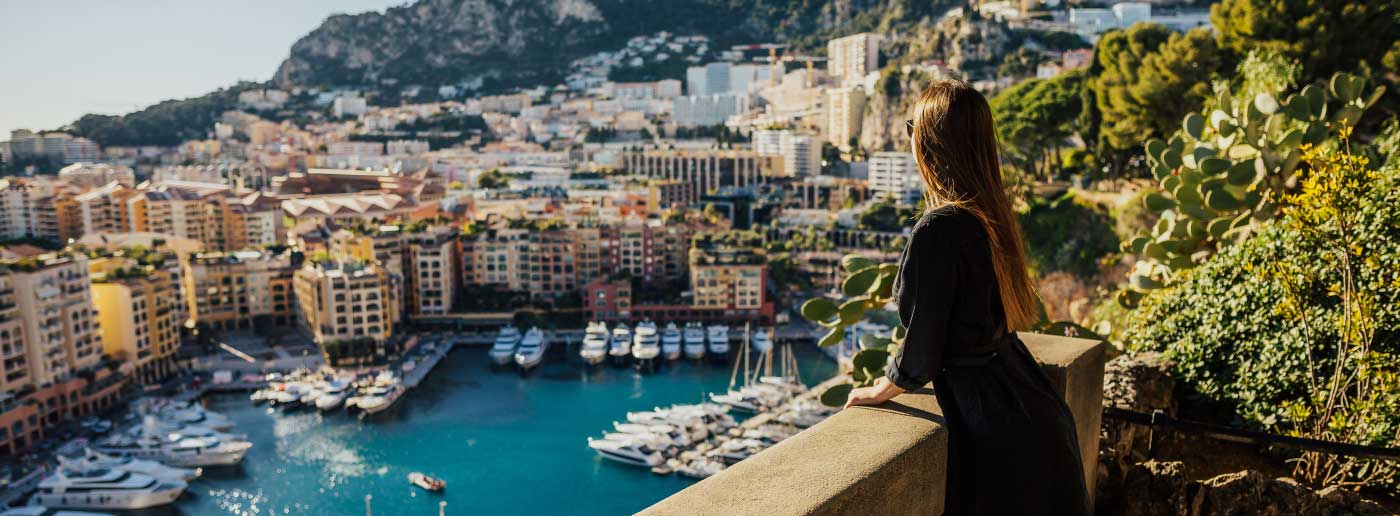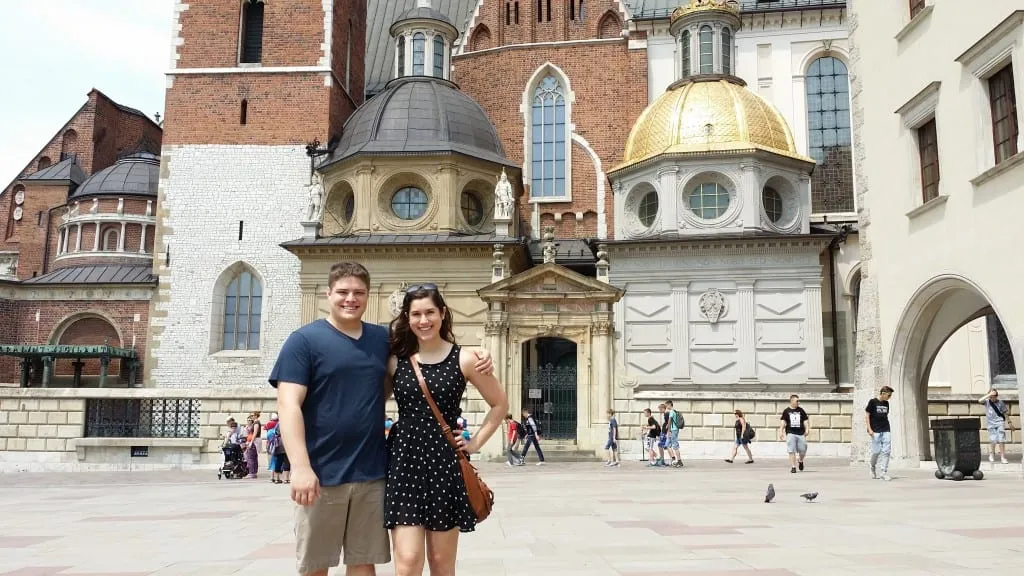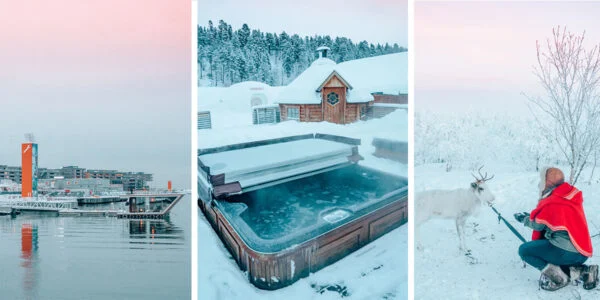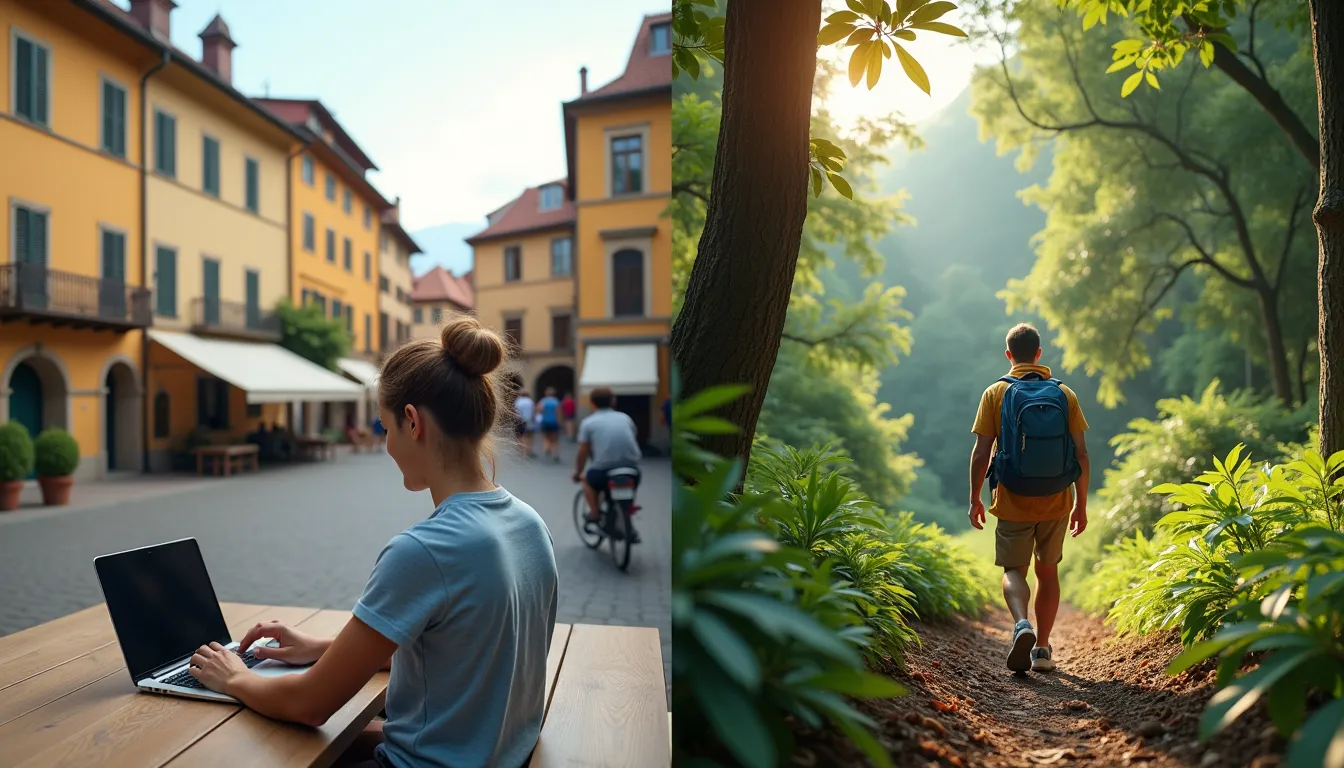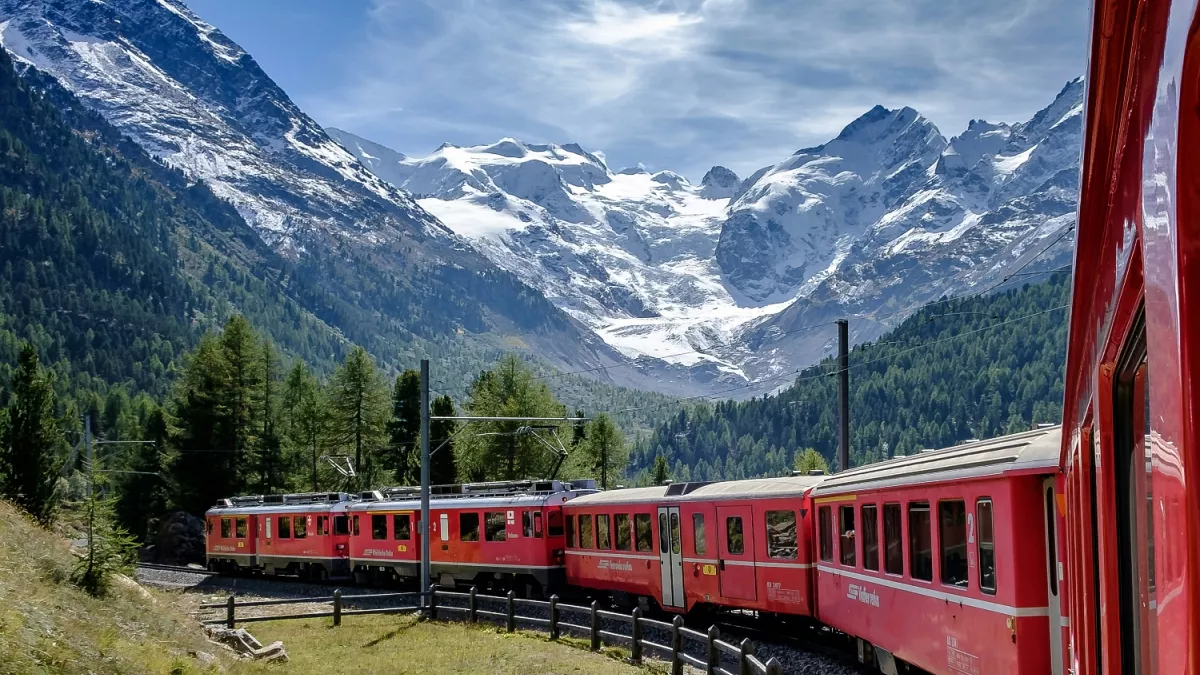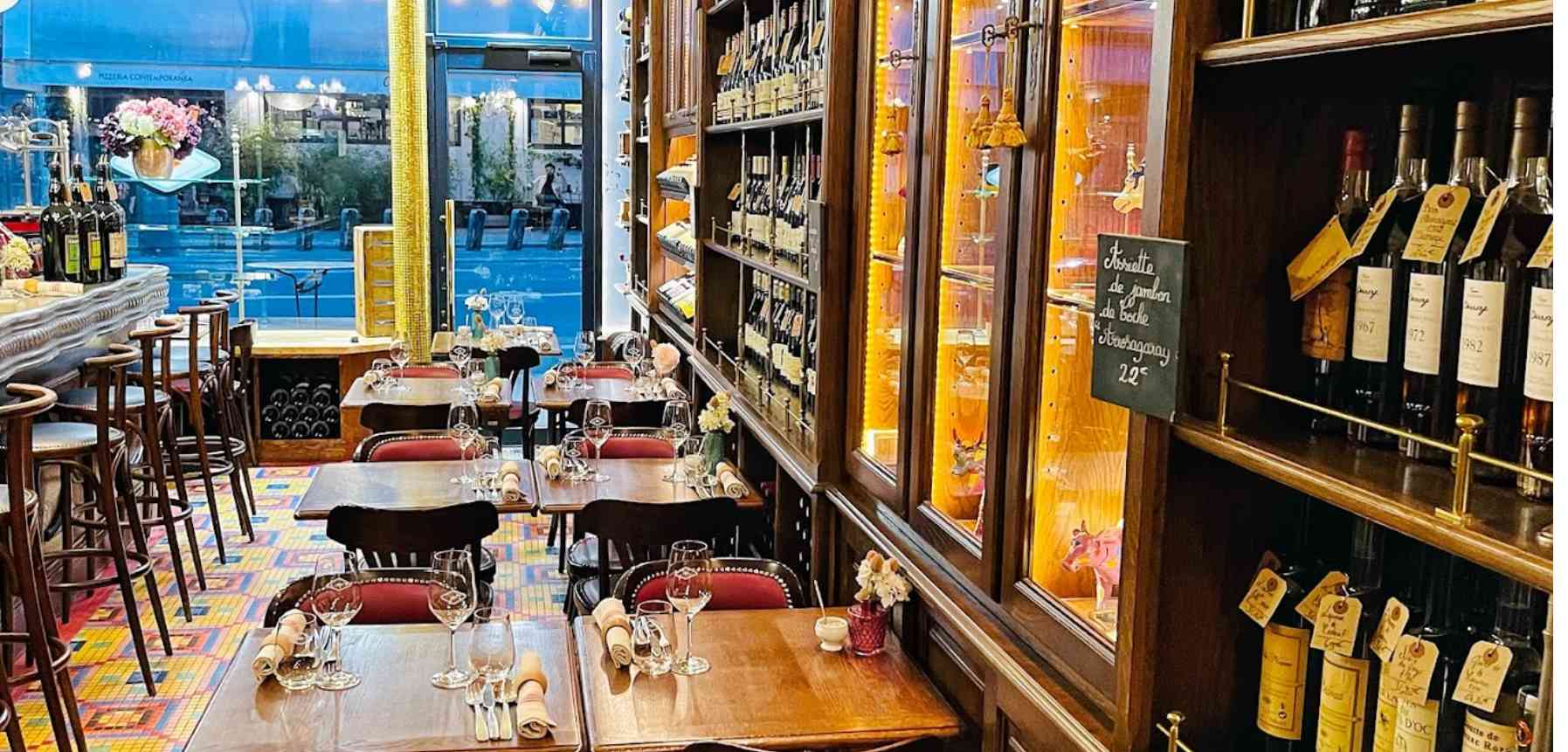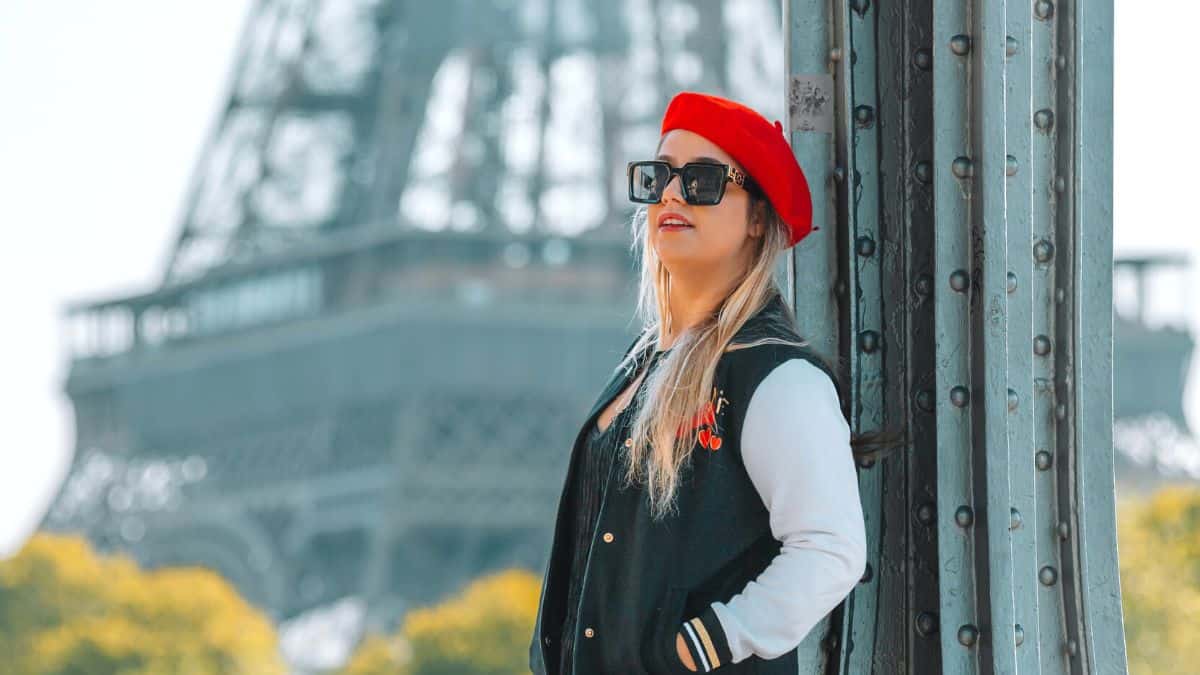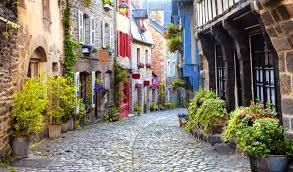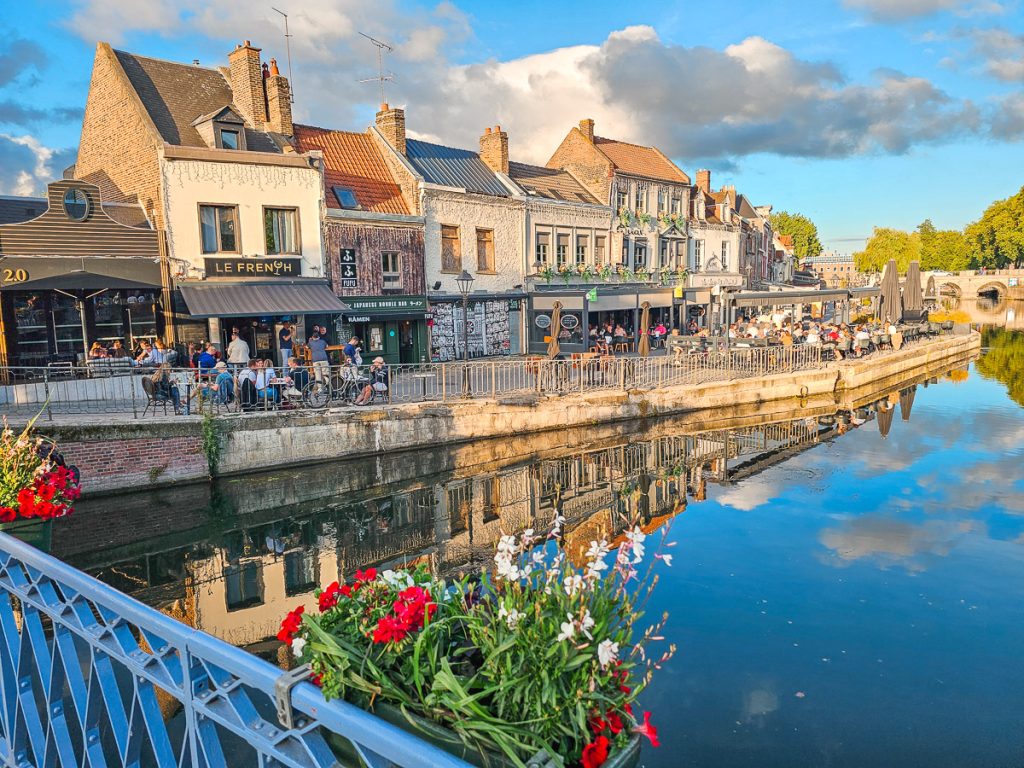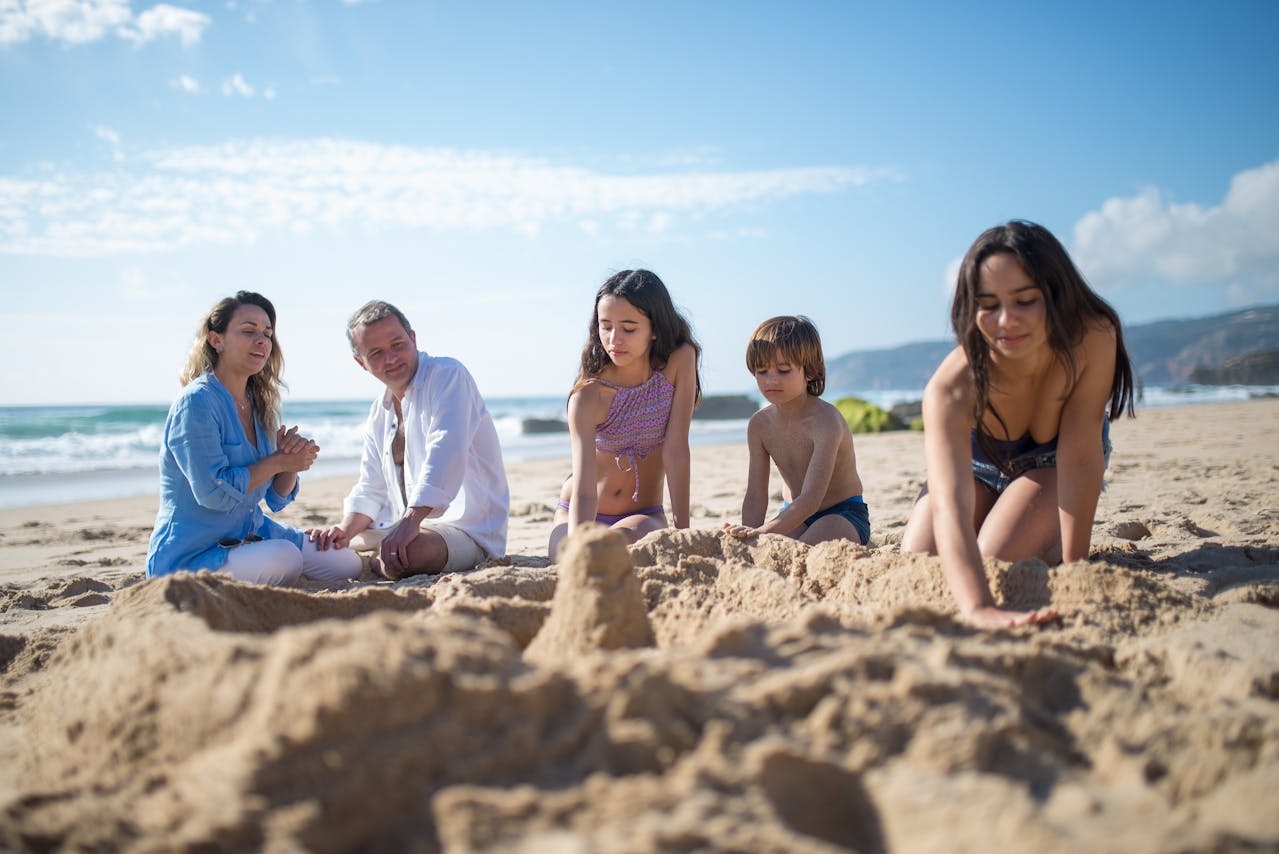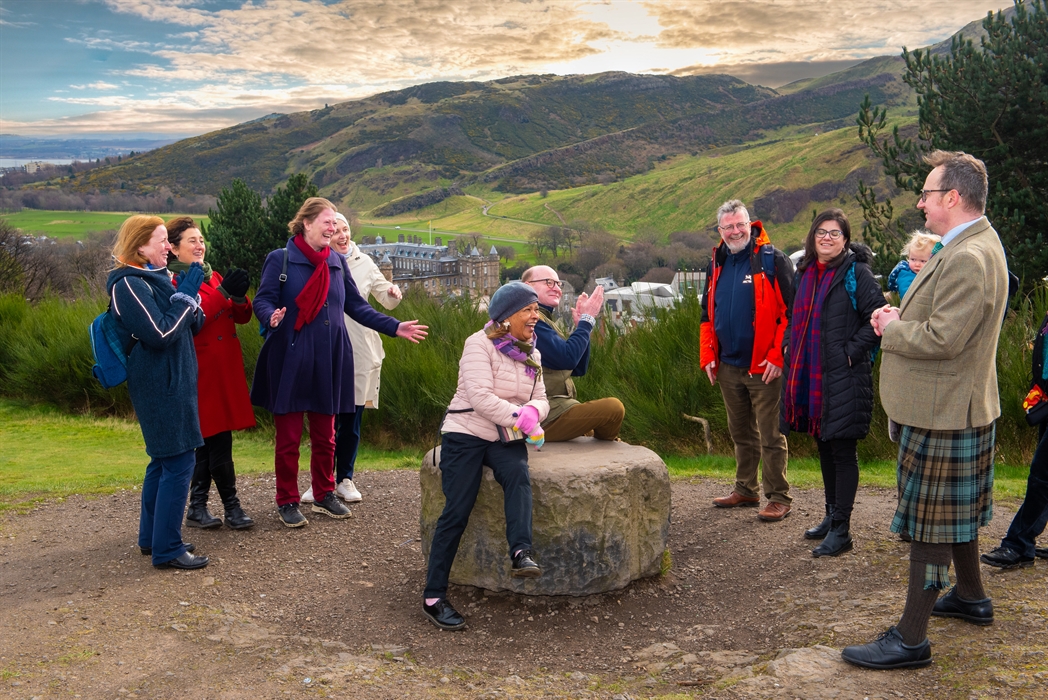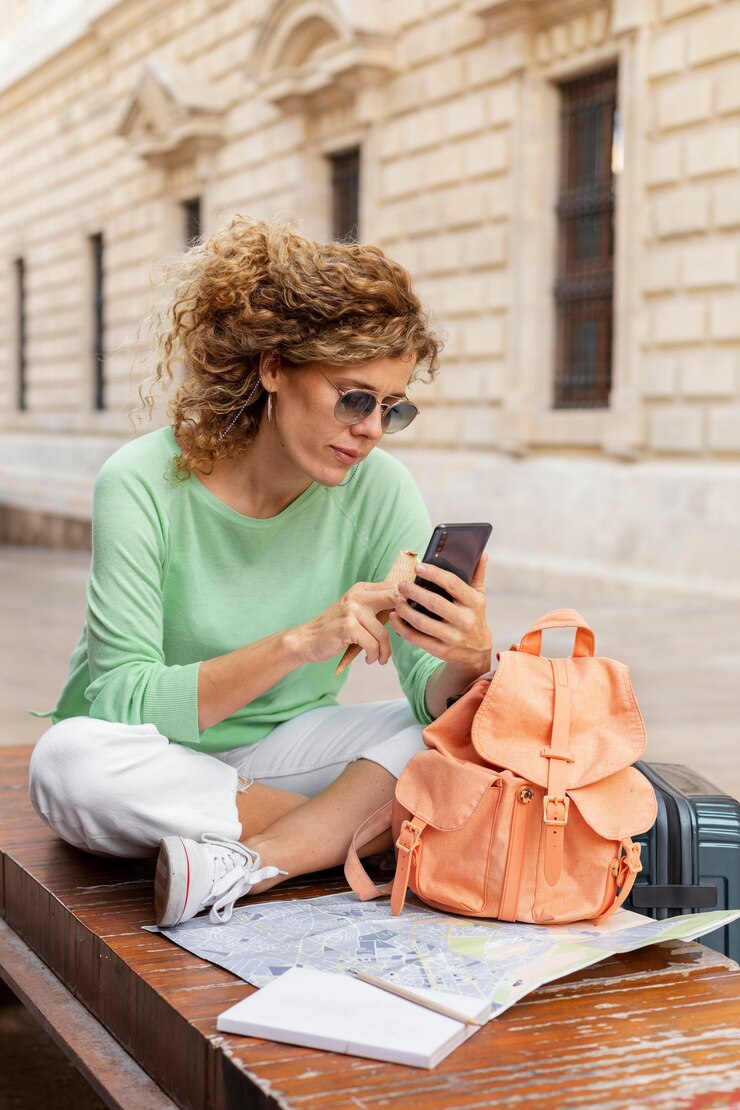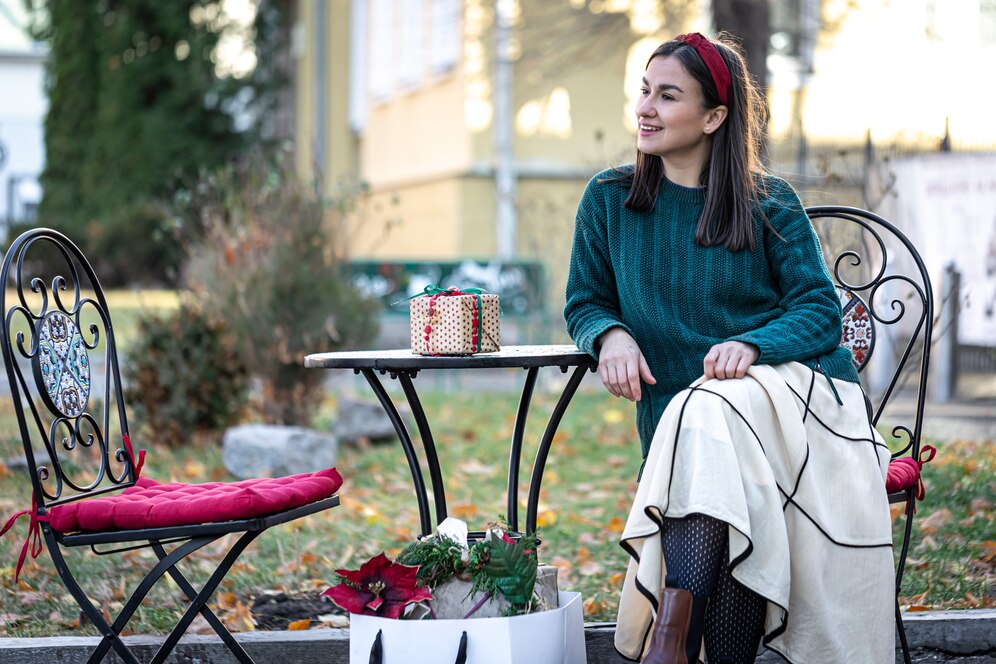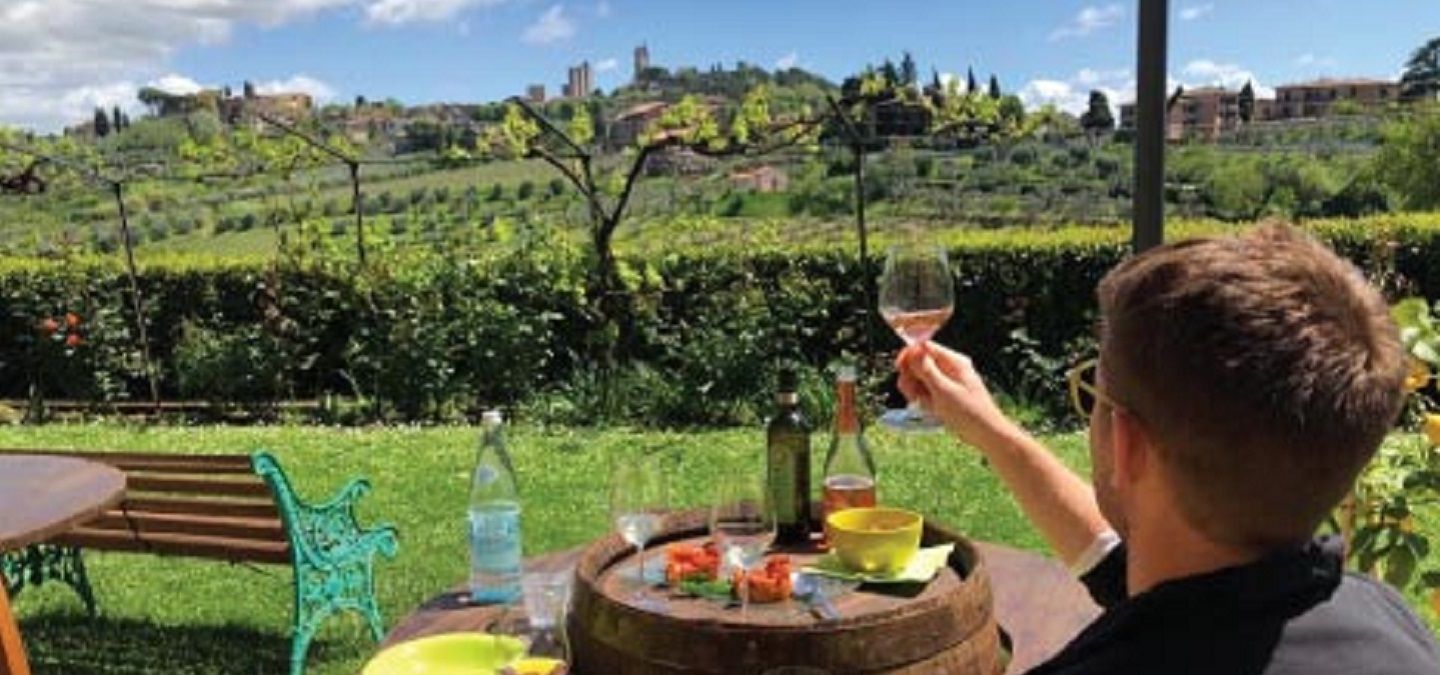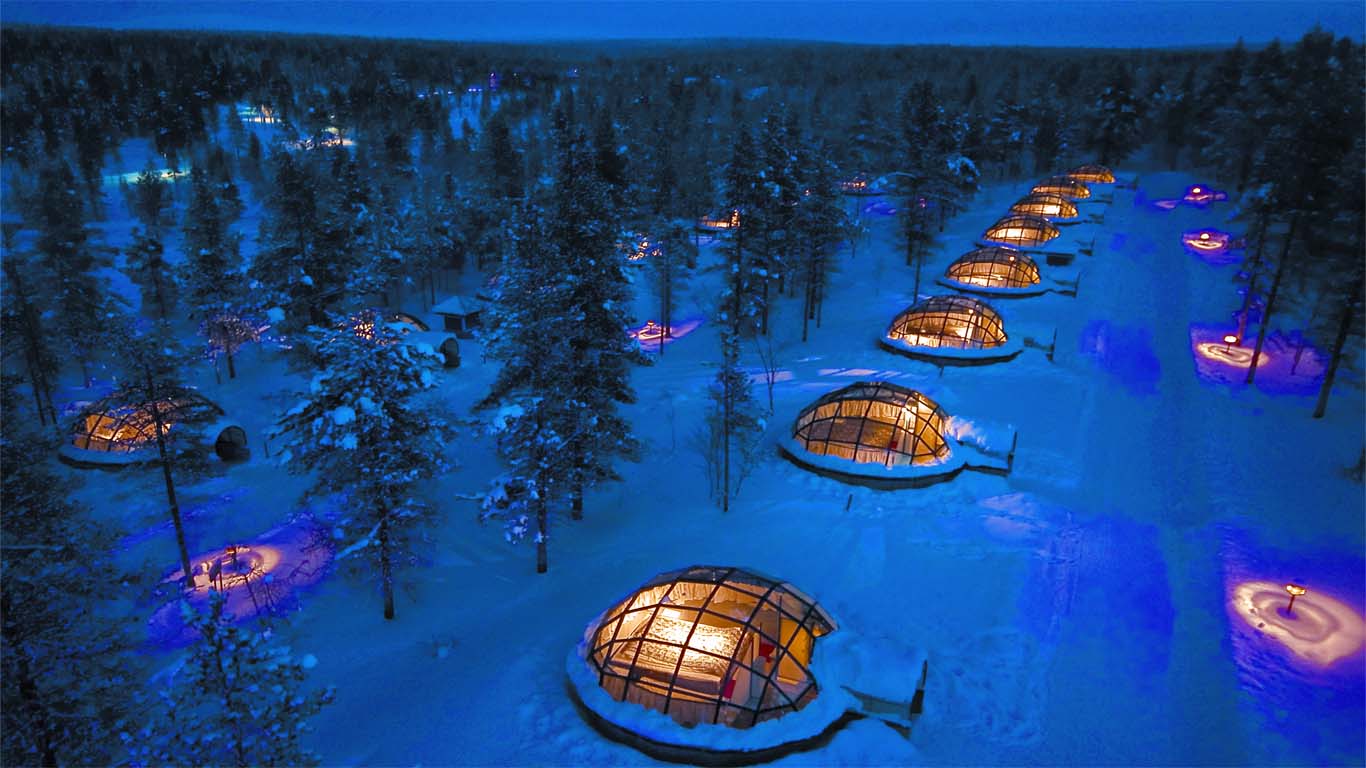
Why Swedish Lapland Is a Winter Dream
Swedish Lapland is a place where surreal Arctic landscapes meet once-in-a-lifetime experiences. Located far above the Arctic Circle, this region is one of the best places on Earth to witness the Northern Lights and sleep inside an ice hotel built entirely of snow and ice. Whether you’re chasing auroras in the dead of winter, sipping cocktails from an ice cup, or admiring ice sculptures carved by world-renowned artists, Swedish Lapland offers an unmatched winter escape.
This comprehensive travel guide to Swedish Lapland will walk you through everything you need to know: where to stay, what to pack, how to plan your aurora hunt, and whether or not the Icehotel is worth the hype in 2025.
1. Where Is Swedish Lapland and How to Get There
Swedish Lapland encompasses the northernmost part of Sweden, stretching from Kiruna to Jokkmokk and the Norwegian border. The Icehotel is located in the small village of Jukkasjärvi, about 17 kilometers from the town of Kiruna.
Getting There:
- By Train: Take an overnight SJ train from Stockholm to Kiruna (approx. 15 hours). The route is scenic and passes snowy forests and frozen lakes.
- By Air: There are daily direct flights from Stockholm Arlanda (ARN) to Kiruna Airport (KRN). From the airport, it’s a 20-minute taxi or shuttle to Jukkasjärvi.
- By Car: If you’re combining your trip with a visit to Lofoten, Senja, or Tromsø in Norway, it’s a 4–6 hour drive across the scenic Scandinavian Arctic.
Pro Tip: Weather can change dramatically between coastal Norway and inland Sweden. If clouds ruin your aurora hunt in Tromsø, heading inland to Kiruna might offer clear skies. Many travelers use this as a backup strategy.
2. The Icehotel: Art, Architecture, and Arctic Adventure
The Icehotel in Jukkasjärvi is not just a place to sleep—it’s a seasonal art exhibition carved entirely from natural ice taken from the nearby Torne River. Each year, artists from around the world submit designs and sculpt entire suites from scratch.
Key Facts:
- First built in 1989, rebuilt every winter.
- Offers both cold rooms (ice suites) and warm rooms (traditional cabins).
- Features an Ice Bar, an Ice Chapel, and elaborate ice art installations.
Admission:
- Day visitors pay approx. USD 40 to tour the ice rooms.
- Guests staying overnight in any room can access the entire hotel without an extra fee.
Price Comparison (2025 update):
- Day Visit + Cabin Stay Nearby: ~$220 USD per person (entry + warm accommodation)
- Icehotel Stay for 2-3 people: From ~$320 USD/night, includes breakfast, gear rental (snowsuit & boots), and unlimited hotel access.
3. Sleeping in the Ice: What to Expect
Staying in an ice room is a bucket-list item for many, but it’s not exactly a luxury experience. You’ll sleep on a bed made of ice, covered with reindeer hides and a thermal sleeping bag rated for -20°C. Guests are briefed by staff, and most choose to wear thermal underwear and wool socks to sleep.
What It Feels Like:
- Surprisingly, not cold, thanks to the insulated gear.
- Uncomfortable for some, as you’re sleeping on a hard ice block.
- Many people report poor sleep but rave about the experience itself.
Alternatives:
- Book one night in the ice suite for the novelty, then switch to a warm room for the rest of your stay.
- Or skip the overnight and do a day tour only, treating it like a museum visit.
4. Northern Lights in Swedish Lapland: How to Maximize Your Chances
The Aurora Borealis is visible in Swedish Lapland from September to April, with December to March offering the highest odds due to longer nights.
Best Locations to View the Lights:
- Jukkasjärvi: Very low light pollution
- Abisko National Park: Famous for its “Blue Hole,” a weather phenomenon that creates clearer skies
- Kiruna outskirts: A short drive from the city removes most light interference
Tips to Catch the Lights:
- Check the KP Index: A KP of 2–4 is enough in this region.
- Get Away from Lights: Even 10 minutes outside town improves your view.
- Stay 3+ Nights: More nights = more chances.
- Use Apps: Aurora Forecast, My Aurora, or Norway Lights
- Camera Settings: Manual mode, ISO 800+, tripod, and long exposure
Aurora Tours or DIY?
- Tours: Offer expert guidance, warm gear, and backup plans. Good for beginners.
- Self-Drive: More freedom, but be cautious about road conditions in winter. Snow tires and experience are essential.
5. Other Unique Arctic Experiences to Add
Besides aurora chasing and sleeping in a hotel made of ice, Swedish Lapland offers many bucket-list activities:
- Husky sledding
- Snowmobiling
- Ice fishing
- Sami culture tours
- Reindeer feeding and sleigh rides
- Cross-country skiing and snowshoeing
6. What to Pack for Swedish Lapland in Winter
Temperatures can drop below -30°C in December. Dress smart to stay warm and comfortable.
Packing List:
- Thermal base layers (merino wool recommended)
- Insulated waterproof jacket and pants
- Snow boots (you can rent at the Icehotel)
- Balaclava or face mask
- Thick gloves or mittens
- Wool socks (x3 pairs minimum)
- Headlamp (for aurora hunting)
- Reusable water bottle (the air is dry!)
7. Where Else to Stay: Budget to Luxury
If the Icehotel is booked or out of budget, try these alternatives:
In Kiruna:
- Camp Ripan: Aurora cabins with private saunas
- Scandic Ferrum: Central location, good amenities
Near Abisko:
- Abisko Turiststation STF: Affordable lodge in the national park
- Aurora Sky Station: Ride the chairlift for night-time aurora viewing
Tromsø (Norway):
- Combine your trip with Tromsø, Senja, or Lofoten.
- Aurora Borealis Observatory: Glass igloos in Senja
8. Is It Worth It? Final Thoughts
While sleeping in an ice room might not give you the best rest, the experience is unforgettable. From sipping a drink in a glass of ice to admiring elaborate frozen art, the Icehotel is unlike any other hotel in the world. Combine that with a chance to see the Northern Lights dancing over a snowy forest, and you have a truly magical Arctic trip.
Even if you’re not a snow person or dread the cold, Swedish Lapland proves you can fall in love with winter when nature puts on a show.
Quick Recap:
- Best time: December to March for Northern Lights
- Don’t miss: Icehotel art rooms, husky sledding, Abisko National Park.
- Budget tips: Warm cabins + day visit to Icehotel, use public transport where possible
- Plan 3+ nights to maximize aurora chances
- Rent gear or book packages that include clothing if you don’t own winter gear
Ready to chase the lights and sleep in ice? Swedish Lapland is calling.
For even more tips, personal stories, and Arctic adventures, check out traveler blogs or visit the official Icehotel site at icehotel.com.




